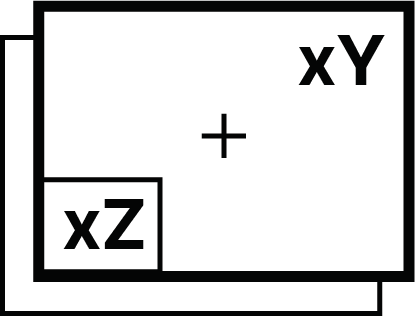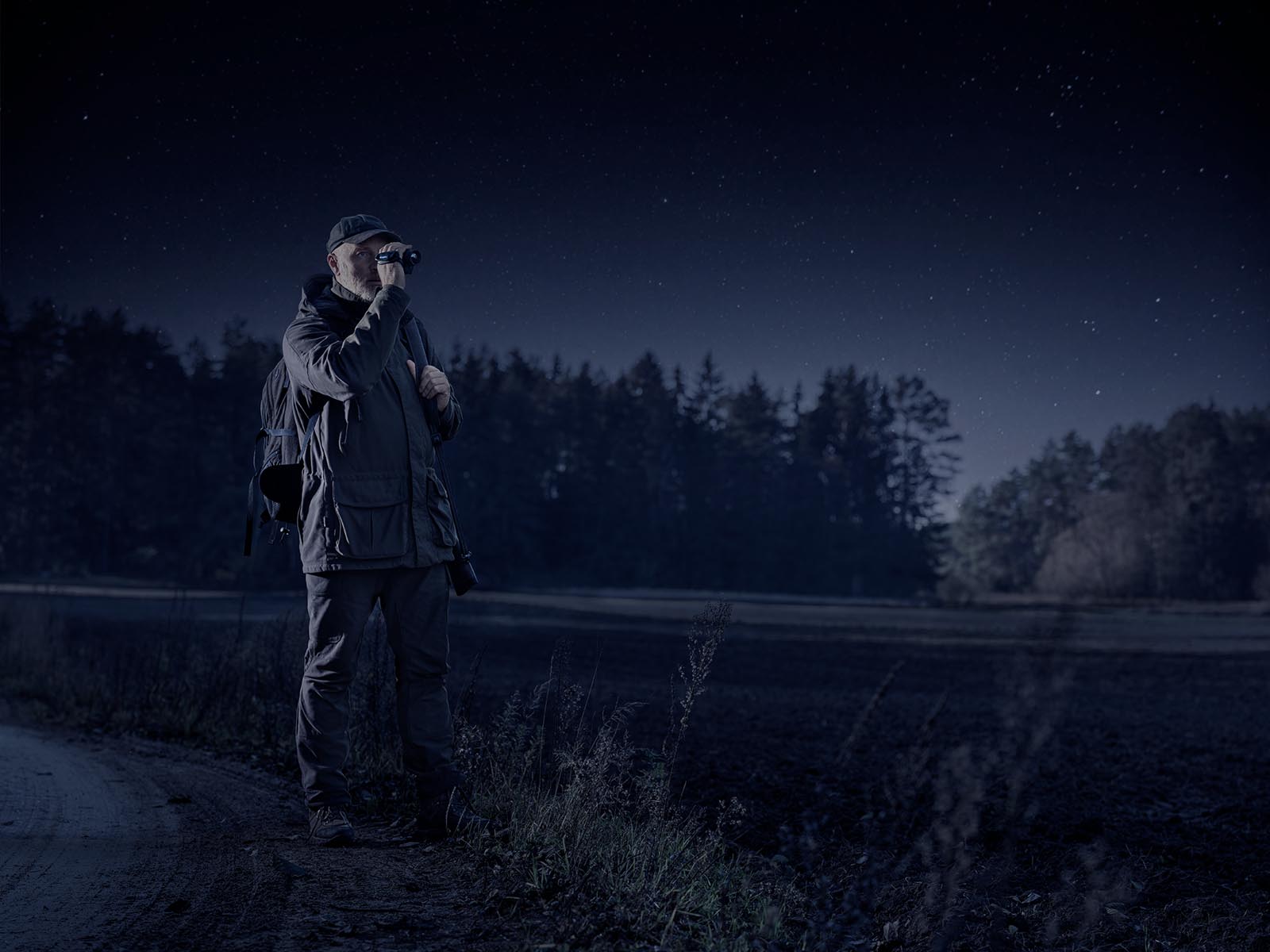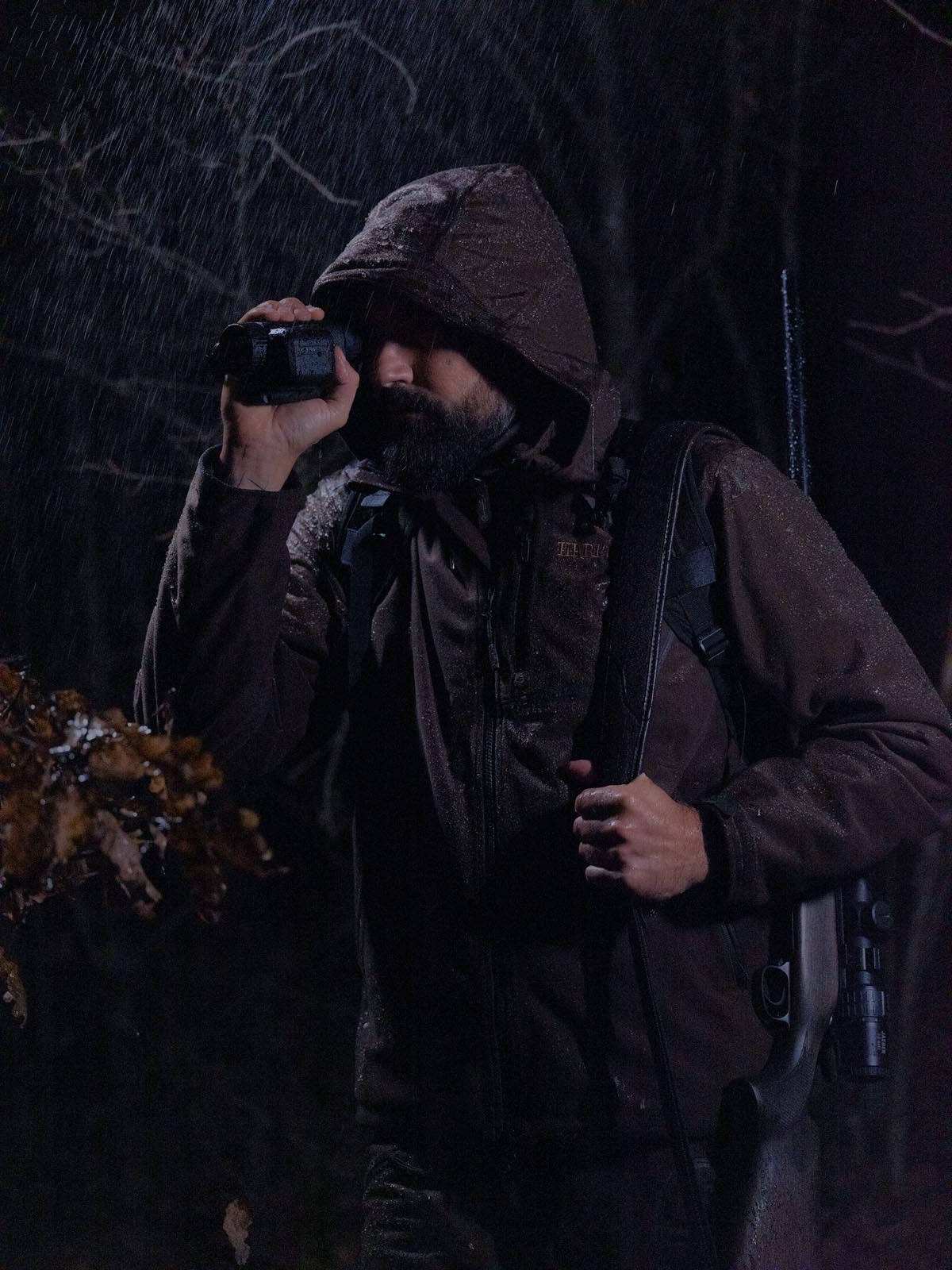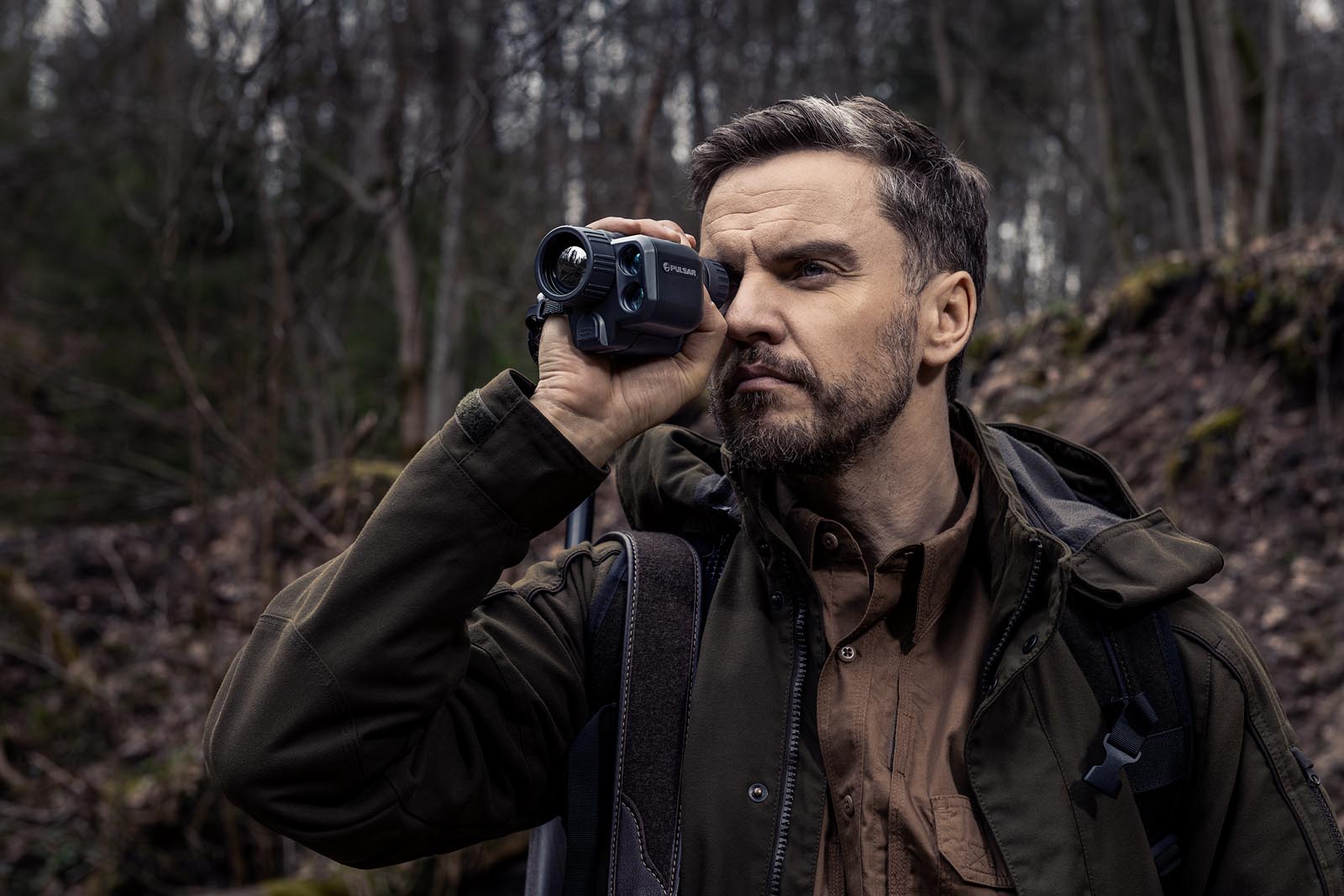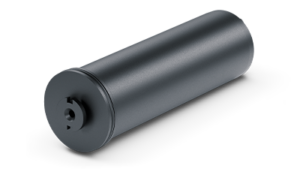PULSAR AXION 2
Axion 2 thermal imaging monoculars are durable and resilient. They fit comfortably in the palm of your hand and are lightweight enough for extended use or challenging situations.
All models in the Axion 2 line feature high-class fast aperture germanium lenses, capable of capturing more heat signatures.
Equipped with powerful European-made sensors known for low image latency, these monoculars enhance your confidence in making accurate decisions.
The range includes options with or without an integrated laser rangefinder, allowing you to tailor the monocular to your specific needs.
A replaceable APS-5 battery ensures extended operation time, making the Axion 2 a dependable companion for your outdoor adventures.
Pulsar
PULSAR AXION 2 LRF XG35

Pulsar
PULSAR AXION 2 XG35

Pulsar
PULSAR AXION 2 LRF XQ35 PRO

Pulsar
PULSAR AXION 2 XQ35 PRO

Pulsar
PULSAR AXION 2 XQ35
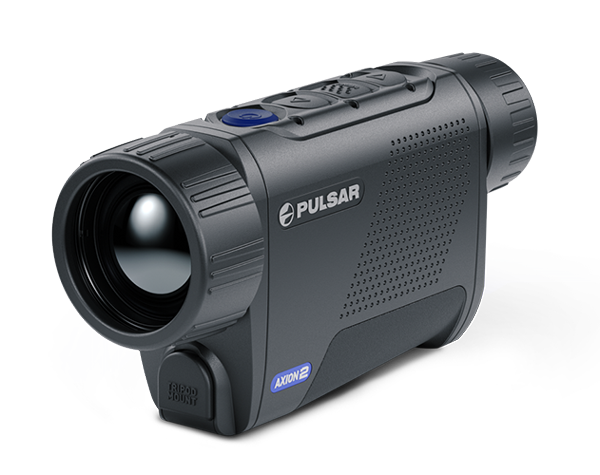
Pulsar
PULSAR AXION 2 LRF XQ35 (DISCONTINUED)

European-made Lynred sensors
The Axion 2 thermal monoculars are equipped with European Lynred sensors with either a resolution of 384×288 pixels (17 µm pixel pitch) or 640×480 pixels (12 µm pixel pitch), which qualitatively capture a useful signal under difficult observation conditions, such as rain, fog and high atmospheric humidity at the observation site.
Long-distance laser rangefinder
Understanding the target distance is an essential factor in making the right decisions. A built-in laser rangefinder with a range of up to 1 kilometre allows you to measure distances in single measurements and continuous scanning modes with an accuracy of ± 1 meters for quick and error-free assessment of the situation.
High-quality reinforced magnesium alloy housing
Axion is designed for constant, often hard use. A magnesium alloy housing is light and strong at the same time. The housing reliably protects the internal components of a thermal imaging device from shocks, drops, moisture, heat or cold. At the same time, a metal housing effectively removes the heat from electronics, minimizes image noise and increases consistency of the device operation during long-term observation.
Fast aperture F35/1.0 lens
Germanium F35/1.0 lens features high infrared transmission in the LWIR range. Due to the high precision manufacturing of the optical elements of the lens, the image generated by the Axion 2 thermal imaging device sensor is distinguished for its clarity and detailing.
Extended battery life. Up to 11 hours on a single charge
A high-capacity APS5 rechargeable battery provides up to 11 hours of continuous operation of the thermal imaging device on a single charge. The battery is removed from a battery housing and replaced with a new one in seconds. The battery is charged in a special charger or inside the device from a PC, household power system or power bank via USB-C. The same sources are used for external power supply of a thermal imaging device.
Detection range up to 1750 m
A powerful F35/1.0 objective lens combined with a highly-sensitive thermal imaging sensors provide exceptional detection capabilities. A standard 1.8m tall object can be detected up to 1750 m away in complete darkness.
Pocket-sized dimensions and light weight
Axion 2 LRF has a space-saving and pocket-sized design and weighing 350 grams. The device is easy to grip and operate by right-handed and left-handed people due to the symmetrical design and in-line buttons arrangement on the upper panel.
Dual Wi-Fi waveband support 2.4 / 5 GHz
In Axion 2 thermal imagers, the standard smartphone connection frequency range via a 2.4 GHz WiFi channel is complemented with an effective 5 GHz range. The 5 GHz connection offers better bandwidth, a faster data transfer rate, noise immunity and improved connection stability, resulting in more productive and easier operation of the thermal imager with a smartphone.
Firmware update 2.3: improved image quality
3 levels of sensitivity amplification
Each Axion 2 thermal imaging monocular uses a new approach to image optimisation depending on the purposes and conditions of observation and provides high-quality rendering of both target objects and background. Three levels of signal amplification in combination with a connected smoothing filter and fine brightness and contrast adjustments give the hunter great opportunities for long-range detection of the animal under different weather and temperature conditions and determining its trophy qualities.
Other features
